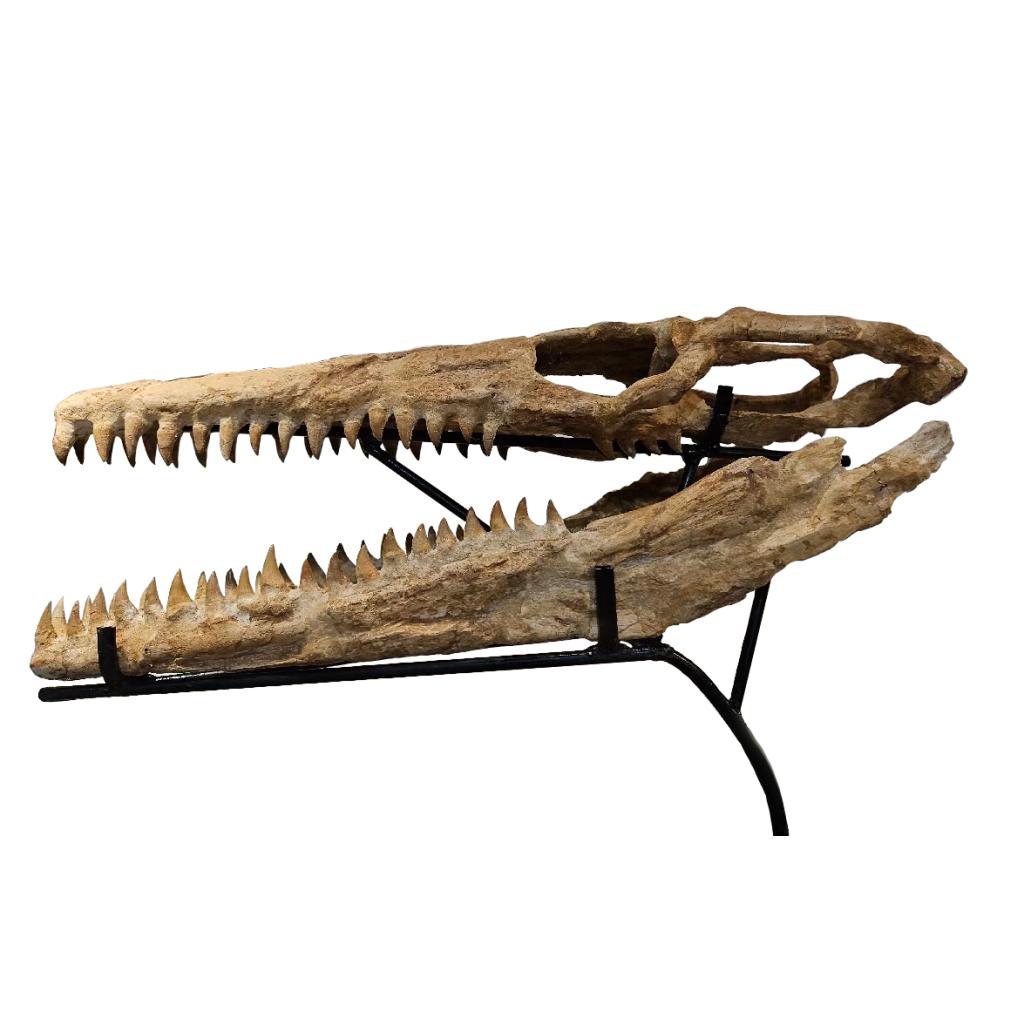
Dinosaurs, fascinating creatures that once roamed the Earth millions of years ago, captivate the imagination of people young and old. It’s exciting to delve into the world of these ancient reptiles and learn about their diverse forms, behaviors, and the mystery surrounding their extinction.
Dinosaurs were a diverse group of animals that belonged to the reptile class. They first appeared during the Triassic Period, around 230 million years ago, and dominated the planet for over 160 million years until their sudden extinction at the end of the Cretaceous Period, about 65 million years ago.
One of the key characteristics of dinosaurs is their upright stance. Unlike many other reptiles, dinosaurs walked with their legs positioned directly beneath their bodies, which allowed for efficient movement and greater agility. This adaptation played a crucial role in their success as terrestrial animals.
Dinosaurs came in various shapes and sizes. The smallest dinosaurs, such as the Compsognathus, were about the size of a chicken, while the largest, like the mighty Argentinosaurus, reached lengths of up to 100 feet. This incredible size range is one of the reasons dinosaurs are so intriguing – from the tiny, agile predators to the enormous, long-necked herbivores.
Dinosaurs were divided into two main groups: the Saurischia and the Ornithischia. The Saurischians included the theropods, which were mostly carnivorous, and the sauropodomorphs, primarily herbivorous giants. On the other hand, the Ornithischians were a diverse group that included herbivores like the Triceratops and the Stegosaurus.
One of the most famous dinosaurs is the Tyrannosaurus rex, commonly known as T. rex. This fearsome predator lived during the late Cretaceous Period and is renowned for its large size, powerful jaws, and tiny, seemingly useless arms. T. rex was a formidable carnivore at the top of the food chain.
Dinosaurs exhibited various behaviors. Some were social and lived in herds, while others were solitary hunters. The discovery of fossilized footprints and nesting sites provides valuable insights into their lives. The Maiasaura, for example, is known for nesting in colonies and taking care of its young.
The extinction of dinosaurs is a topic that continues to puzzle scientists. The prevailing theory suggests that a catastrophic event, possibly an asteroid impact, led to dramatic environmental changes, including widespread fires, climate shifts, and the release of dust into the atmosphere. These factors could have contributed to the decline of dinosaurs and many other species.
Studying dinosaurs allows us to unlock the mysteries of Earth’s ancient past. Paleontologists use fossils, such as bones, footprints, and eggs, to piece together the puzzle of what these incredible creatures were like and how they lived. The field of paleontology is dynamic, with ongoing discoveries shedding new light on the diverse and complex world of dinosaurs.
In conclusion, dinosaurs were a remarkable group of reptiles that roamed the Earth for millions of years. From the smallest to the largest, carnivores to herbivores, these creatures left an indelible mark on the history of life on our planet. The study of dinosaurs not only ignites curiosity but also provides valuable insights into the evolution of life and the Earth itself.
